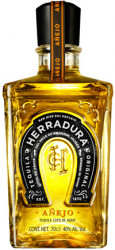Discover how to best experience the different varieties of tequila
By now you should know that tequila has shaken (not stirred) off its old reputation for quick shots and bad hangovers. The discerning drinker will have begun to enjoy sipping and savouring good tequilas, but what about expanding your palate and the best ways to enjoy different varieties of tequila with food?
100%, BABY
First things first, make sure what you’re drinking is 100%. There are two types of tequila: “mixto” is made from 51% tequila and 49% other stuff such as colouring and flavouring, so can have a rough taste. Instead look for “100% agave” tequila – this won’t be hard as by law if it’s made from 100% agave it must say so on the front bottle label so that it’s easy to spot.
Now the hard part’s over, let’s get on with the fun stuff. There are four legal classifications of tequila: Plata/Blanco, Reposado, Añejo and Extra Añejo – all of which are high quality but have been aged differently for different taste characteristics.
“Out of all the spirits produced today – whisky, rum, gin e.t.c – agave is the raw material with the most flavour, giving the tequila an earthiness, fruitiness and spice all in one,” says Matt Bradley, Hancocks National Spirit Brand Ambassador.
DINNER DATE
“The best way to taste the four different types of tequila would be to do a four-course dinner,” advises Bradley. “If you sit and try all the tequilas in a 10-minute space, you don’t get enough time to enjoy the nuances. You have to give it time because the tequilas do open up in the glass. And certainly not in a shot glass, with a good tequila you want to drink it in a small wine glass.”
YOUR TEQUILA DINNER MENU
Matt Bradley says that tequila is one of the easiest spirits to match with food. Here’s his menu plan and tasting notes for a night of tequila enjoyment…
FIRST COURSE: BLANCO / PLATA
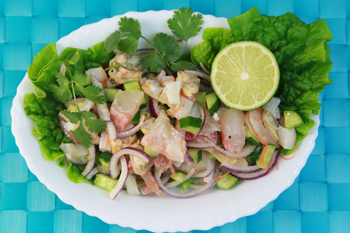
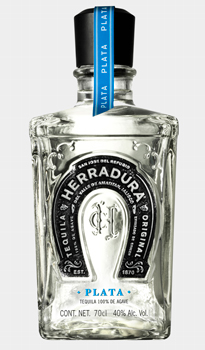
What is it? “Blanco has been distilled rested in stainless steel or glass to cool and then put into bottles, so it has zero aging,” explains Bradley. “Plata can be aged up to two months in oak, so it has a blanco character but is slightly opaque from the short amount of aging.”
What it tastes like: Green apple, citric flavours, lime. "Plata is the best for cocktails like margaritas because it's a fresh, earthy spirit. A blanco is usually more sharp, whereas 30-40 days of aging softens it and brings out the earthiness, fruitiness and spicyness in a plata," says Bradley.
Food Match: Salad or a plate of ceviche. Bradley describes blanco/plata as “lunchtime tequilas”, or ones to enjoy early on in the evening with fresh, light foods like fish and chicken.
SECOND COURSE: REPOSADO
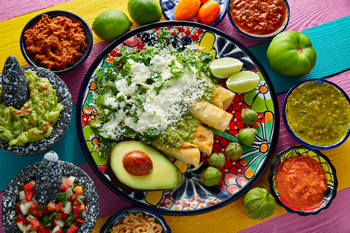
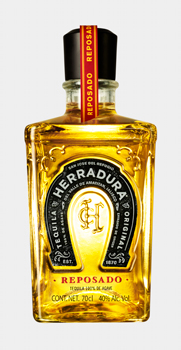
What is it? The largest tequila category, reposado means “rested”, and refers to tequilas that have been barrel aged between two months to a year. “Casa Herradura created this category in 1974, and to this day the recipe, bottle and processes haven’t changed,” says Bradley. Herradura's Reposado is barrel aged for 11 months.
What it tastes like: Notes of vanilla, sweet stone fruits like peaches and apricots, ripe apple, and dried spice.
Food Match: Lightly cooked meats and classic Mexican dishes like enchiladas, tacos and chimmichangas.
THIRD COURSE: AÑEJO
?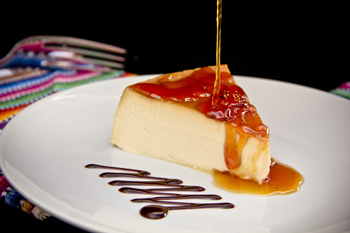
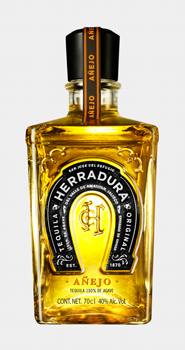
What is it? The word “añejo” means “aged”, and this variety will be barrel aged for a minimum of one year up to three. Most are aged at around 14-15 months.
What it tastes like: Sweet fruit, raisins, dried apricots, cooked spices, root vanilla, caramel, butterscotch, and nutty notes.
Food Match: Mostly drunk after dinner in Mexico, it’s no surprise that añejo tequilas are great with rich meals and desserts. Suggestions include a venison or lamb mole (a rich chilli and chocolate sauce), poached fruit deserts or a crème caramel.
TO FINISH: EXTRA AÑEJO
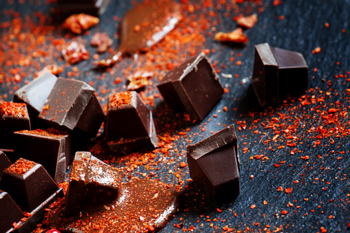 ?
?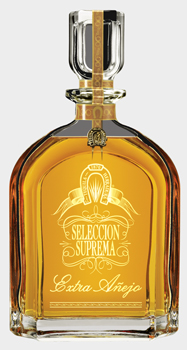
What is it? Standing for “extra aged”, this category was again, created by Casa Herradura, who launched the world’s first extra añejo tequila in 1995 called 'Seleccion Suprema', which is aged for four-and-a-half years.
What it tastes like: Offering complex flavor characteristics, an extra añejo has all the sensations of the añejo but with added notes of fragrant woods like sandalwood, coffee, and even hints of tobacco and leather.
Food Match: While the complex flavours of an extra añejo don’t necessarily need a food match, Bradley recommends a finishing course of handmade chocolates and cigars to perfectly match the rich, caramelized and tobacco tastes.


